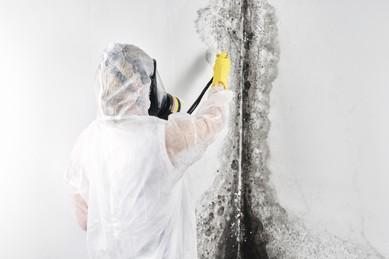Why Mold Inspections Include Air Sampling and Swab Testing
Mold is a common problem in many homes and can lead to serious health issues if not addressed properly. A professional mold inspection is essential to identify and treat mold growth in your home. During a mold inspection, inspectors use various methods, such as air sampling and swab testing, to detect and assess mold. But why are both air and swab tests important? Let’s break it down.
What is Air Sampling?
Air sampling is a common method used to detect mold growth in your home. Inspectors collect air samples from different rooms and test them for mold spores. Mold spores are tiny particles that float in the air, even in areas where mold growth is not visible. Air sampling is especially useful for identifying mold in hidden areas, such as behind walls or beneath floors.
What is Swab Testing?
Swab testing involves taking a sample from a specific surface suspected of mold contamination. Inspectors use a swab to collect the sample and send it to a lab for analysis. This helps to determine not only whether mold is present but also the specific type of mold affecting your home.
Why Test Both the Air and Surface?
Both air sampling and swab testing provide unique insights. Air sampling detects airborne mold spores, which may not be visible, while swab testing focuses on surface-level mold growth. Combining both methods gives the inspector a thorough understanding of the mold situation in your home.
Why Hire a Professional Mold Inspector?
If you suspect mold in your home, a professional mold inspector is crucial. They will use air sampling and swab testing to assess mold growth, ensuring that no mold problem goes unnoticed. By hiring an expert, you can safeguard your home and family from the risks of mold exposure.


